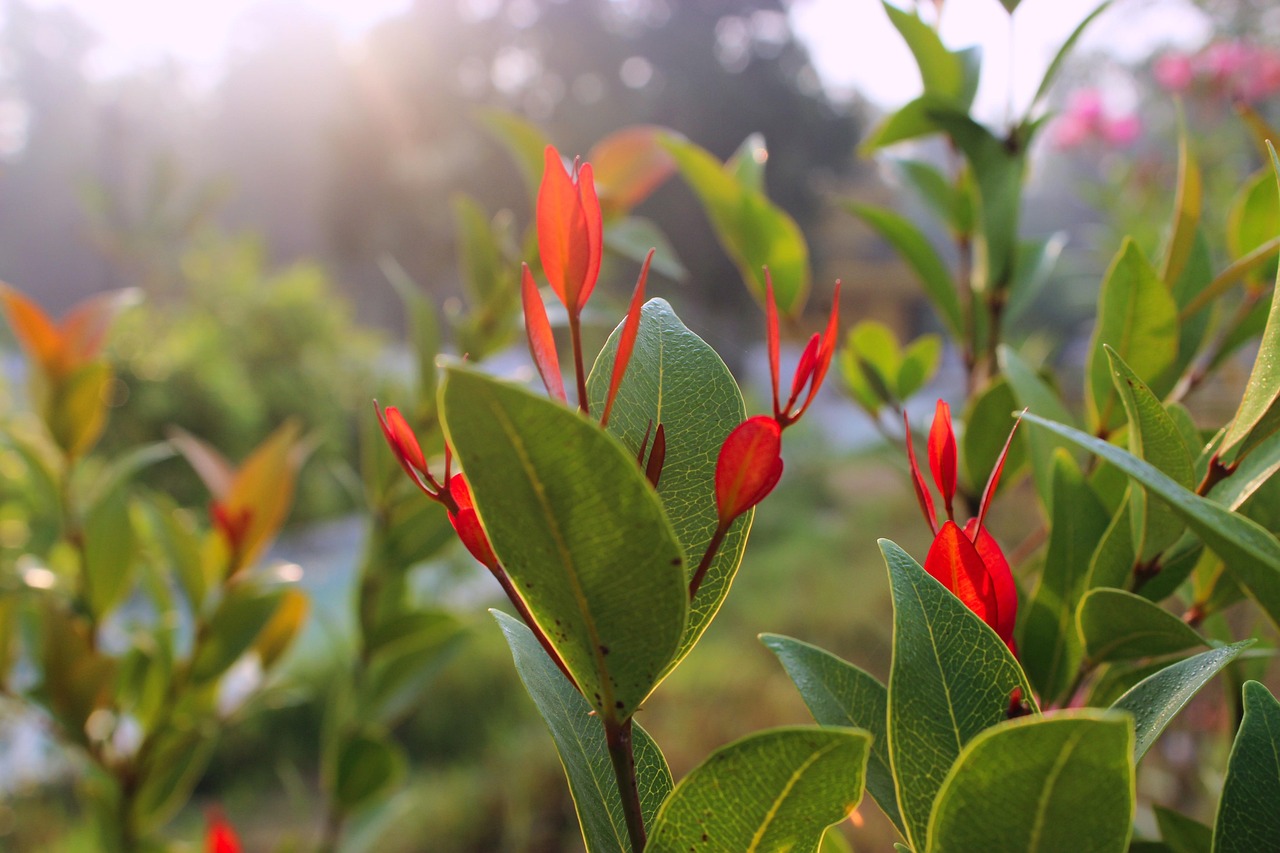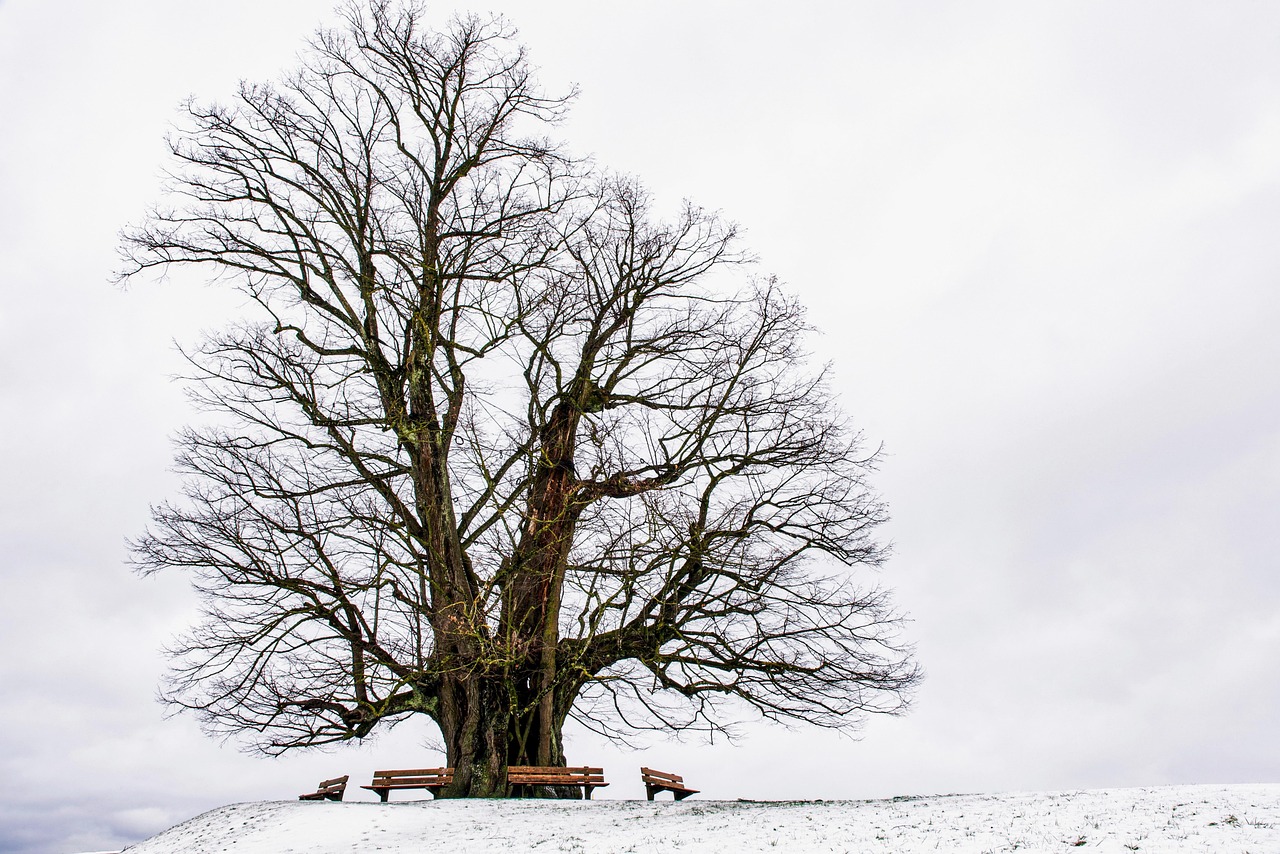The Eugenia tree, commonly used for hedges and ornamental purposes, typically exhibits a moderate growth rate. Under optimal conditions, it can grow between 1 to 2 feet per year, reaching heights of 10 to 15 feet when fully mature.
Eugenia, belonging to the Myrtaceae family, is a versatile genus that includes various species known for their attractive foliage and compact form. These trees are often chosen for landscaping due to their dense growth habit, making them ideal for privacy hedges and decorative borders. As a popular choice in tropical and subtropical regions, the Eugenia tree thrives in warm climates and well-drained soils.

In addition to their aesthetic appeal, Eugenia trees provide functional benefits. They can serve as windbreaks and noise barriers, enhancing the outdoor environment. This adaptability makes them suitable for residential gardens, parks, and commercial landscapes.
Growth Characteristics of Eugenia Trees
The growth characteristics of Eugenia trees are influenced by several factors including species variation, environmental conditions, and maintenance practices. Understanding these factors can help gardeners and landscapers optimize the growth and health of their Eugenia trees.
There are several species of Eugenia that are commonly used for hedging and ornamental purposes. Each species may exhibit slight variations in growth rate and overall size. The most popular among these include:

- Eugenia uniflora (Surinam Cherry)
- Eugenia foetida (Red Cherry)
- Eugenia myrtifolia (Brush Cherry)
Each species has unique attributes that can impact how they are utilized in landscaping. For instance, while the Surinam Cherry is known for its vibrant fruits, the Brush Cherry is often favored for its lush foliage.
| Species | Common Name | Growth Rate (ft/year) | Height at Maturity (ft) |
|---|---|---|---|
| Eugenia uniflora | Surinam Cherry | 1 – 2 | 10 – 15 |
| Eugenia foetida | Red Cherry | 1 – 2 | 10 – 12 |
| Eugenia myrtifolia | Brush Cherry | 1 – 3 | 8 – 12 |
The growth rate of Eugenia trees is contingent upon numerous environmental factors. Key considerations include soil quality, sunlight exposure, watering practices, and climatic conditions. For instance, Eugenia trees flourish in well-drained soils with a pH ranging from 6.0 to 7.5. They prefer full sun but can tolerate partial shade, although this may affect their growth rate.
When planted in ideal conditions, Eugenia trees can achieve significant height and density within a relatively short period. Regular maintenance practices like pruning and fertilization can further enhance growth. Pruning encourages bushier growth and can help maintain the desired shape for hedges.

Additionally, the use of mulch around the base of the tree can help retain soil moisture and regulate temperature, promoting healthier growth. It is important to monitor for pests and diseases that may hinder growth or damage the plant.
The Eugenia tree’s ability to adapt to various conditions has made it a favorite among landscape designers. Its attractive appearance and rapid growth make it an excellent choice for homeowners looking to create privacy or enhance the beauty of their gardens.
In summary, understanding the growth rate and requirements of Eugenia trees is vital for anyone interested in using them for landscaping. By providing the right conditions and care, these trees can grow robustly and contribute significantly to the aesthetic appeal of outdoor spaces.
Factors Affecting the Growth Rate of Eugenia Trees
The growth rate of Eugenia trees is influenced by a variety of factors. Understanding these factors can help gardeners create optimal conditions for their trees. The following are some of the most critical aspects that affect growth:

Soil Quality
Soil quality plays a significant role in the health and growth of Eugenia trees. The ideal soil should be:
- Well-draining: Eugenia trees do not thrive in waterlogged conditions.
- Nutrient-rich: Fertile soils promote vigorous growth.
- pH balanced: A pH range of 6.0 to 7.5 is optimal for Eugenia trees.
Conducting a soil test can help determine the nutrient levels and pH balance, allowing for appropriate amendments to be made.
Watering Practices
Watering is critical for the establishment and growth of Eugenia trees. Here are some key points to consider:
- Initial Watering: Newly planted Eugenia trees require consistent moisture to establish roots.
- Deep Watering: Deep watering encourages roots to grow deeper and improves drought resistance.
- Avoid Overwatering: Too much water can lead to root rot and other issues.
Monitoring soil moisture levels can help determine when to water effectively.
Sunlight Exposure
Eugenia trees thrive in full sun but can tolerate partial shade. However, the amount of sunlight they receive directly impacts their growth rate:
- Full Sun (6-8 hours/day): Maximizes growth potential and foliage density.
- Partial Shade (4-6 hours/day): May slow growth but can still produce healthy trees.
Choosing the right location for planting is essential to ensure adequate sunlight exposure for optimal growth.
Temperature and Climate
Eugenia trees prefer warm climates and can be sensitive to cold temperatures. They generally grow best in zones 9 through 11. Key temperature considerations include:
- Warm Temperatures: Ideal growth occurs between 70°F and 85°F.
- Cold Sensitivity: Freezing temperatures can damage or kill young trees.
- Humidity Levels: Moderate humidity is beneficial for healthy foliage.
Understanding local climate conditions helps in selecting the right species and planning maintenance practices.
Pest and Disease Management
Pests and diseases can significantly impact the growth and health of Eugenia trees. Being proactive in management is crucial. Some common pests include:
- Aphids: These small insects can weaken trees by sucking sap from leaves.
- Scale Insects: Scale can cause yellowing leaves and stunted growth.
- Spider Mites: These pests thrive in dry conditions and can lead to leaf drop.
Regular monitoring and early intervention can help manage these pests effectively. Additionally, implementing integrated pest management strategies, such as introducing beneficial insects, can reduce pest populations naturally.
Disease Prevention
Eugenia trees are susceptible to several diseases that can hinder their growth. Common diseases include:
- Leaf Spot: Fungal infections causing dark spots on leaves.
- Root Rot: Caused by overwatering or poorly drained soils.
- Canker Diseases: Fungal infections that cause dieback in branches.
To prevent diseases, proper watering techniques, good air circulation, and maintaining healthy soil conditions are essential. Pruning dead or diseased branches also helps maintain tree health.
Maintenance Practices for Optimal Growth
Regular maintenance practices can enhance the growth rate and overall health of Eugenia trees. Some important practices include:
- Fertilization: Applying a balanced fertilizer during the growing season can provide essential nutrients.
- Pruning: Regular pruning encourages bushier growth and helps shape hedges effectively.
- Mulching: Applying mulch retains moisture and suppresses weeds around the base of the tree.
By implementing these maintenance practices, gardeners can ensure their Eugenia trees thrive and reach their full potential.
Varieties of Eugenia Trees for Landscaping
When selecting Eugenia trees for hedges and ornamental use, different species may offer unique qualities and characteristics. Here are some of the most popular varieties:
Eugenia uniflora (Surinam Cherry)
The Surinam Cherry is widely favored for its glossy leaves and attractive red fruits. It typically grows between 10 to 15 feet tall and can be shaped into dense hedges. This species is known for:
- Growth Rate: Moderate, approximately 1 to 2 feet per year.
- Fruit Production: Produces small, red cherries that are edible.
- Foliage: Attractive, dark green leaves that provide year-round interest.
Eugenia myrtifolia (Brush Cherry)
The Brush Cherry is another popular choice, particularly for its dense growth and ability to withstand pruning. Key features include:
- Height: Typically reaches 8 to 12 feet.
- Growth Rate: Moderate to fast, generally around 1 to 3 feet per year.
- Flowers: Produces fragrant white flowers followed by small berries.
Eugenia foetida (Red Cherry)
The Red Cherry is valued for its resilience and adaptability in various climates. Highlights include:
- Height: Usually grows 10 to 12 feet tall.
- Growth Rate: Similar to other Eugenia species, about 1 to 2 feet annually.
- Foliage: Dense, dark green leaves that create a lush appearance.
Planting Techniques for Eugenia Trees
Proper planting techniques are crucial for ensuring the successful establishment of Eugenia trees. Here are key steps to follow when planting:
- Selecting the Right Location: Choose a spot with adequate sunlight and well-drained soil.
- Preparing the Soil: Amend the soil with organic matter to improve fertility and drainage.
- Digging the Hole: Dig a hole that is twice as wide as the root ball and just as deep.
- Placing the Tree: Center the tree in the hole, ensuring the root collar is level with the soil surface.
- Backfilling: Fill in the hole with soil, gently tamping it down to eliminate air pockets.
- Watering: Water thoroughly after planting to settle the soil and provide moisture.
Following these techniques will promote healthy root development and establish a strong foundation for growth.
Seasonal Care for Eugenia Trees
Seasonal care is essential for maintaining the health and appearance of Eugenia trees throughout the year. Here are some recommended practices based on the seasons:
Spring
During spring, Eugenia trees enter a period of active growth. Recommended care includes:
- Fertilization: Apply a balanced fertilizer to support new growth.
- Pruning: Prune any dead or damaged branches to encourage bushiness.
- Pest Monitoring: Check for pests and take action if necessary.
Summer
The summer months can be hot, requiring additional care. Consider the following:
- Irrigation: Ensure consistent watering during dry spells to prevent stress.
- Mulching: Refresh mulch to conserve moisture and suppress weeds.
Fall
As temperatures begin to drop, focus on preparing the trees for winter:
- Pruning: Lightly prune to maintain shape and remove any dead wood.
- Aeration: Aerate the soil around the base to improve drainage and root health.
winter
In winter, take steps to protect your Eugenia trees from cold weather:
- Covering Young Trees: Use frost cloths or burlap to shield young trees from freezing temperatures.
- Irrigation Monitoring: Water as needed during dry spells, but avoid overwatering to prevent root rot.
Adhering to these seasonal care practices will help ensure that Eugenia trees remain healthy and vibrant throughout the year.
Common Uses of Eugenia Trees in Landscaping
Eugenia trees are not only popular for their growth rates but also for their versatility in landscaping. They serve various functions, making them a valuable addition to gardens and outdoor spaces. Here are some common uses:
Privacy Hedges
The dense foliage of Eugenia trees makes them ideal for creating privacy hedges. Their ability to grow tall and wide allows homeowners to create secluded garden areas or block unwanted views. Key benefits include:
- Fast Growth: Provides quick coverage and privacy.
- Year-Round Foliage: Maintains leaves throughout the year, ensuring consistent privacy.
- Natural Barrier: Acts as a windbreak, reducing noise and enhancing comfort in outdoor spaces.
Decorative Borders
Eugenia trees can also be used to create decorative borders along walkways, driveways, or garden beds. Their lush appearance adds charm and elegance to landscapes. Considerations for using Eugenia as borders include:
- Versatile Shapes: Can be pruned to various shapes, enhancing visual interest.
- Color Contrast: The dark green foliage contrasts beautifully with colorful flowers or ornamental grasses.
- Low Maintenance: Once established, they require minimal upkeep while maintaining their beauty.
Container Planting
Eugenia trees are suitable for container planting, making them perfect for patios or balconies. This method allows flexibility in design while offering several advantages:
- Mobility: Containers can be moved to different locations for optimal sunlight or aesthetic appeal.
- Space Efficiency: Ideal for smaller spaces where traditional planting may not be feasible.
- Controlled Environment: Easier to manage soil quality and watering needs in containers.
Cultural Significance of Eugenia Trees
Beyond their practical uses, Eugenia trees hold cultural significance in various regions. They are often used in traditional landscaping styles and can symbolize growth and prosperity. Some cultural aspects include:
- Culinary Uses: Certain species of Eugenia produce edible fruits that are used in local cuisines.
- Aesthetic Symbolism: In some cultures, lush greenery symbolizes health and vitality.
- Traditional Medicine: Some species have been used in folk medicine for their purported health benefits.
This cultural connection enhances the value of Eugenia trees beyond their physical attributes, contributing to a richer landscape narrative.
Final Thoughts
Eugenia trees offer remarkable benefits for both ornamental and practical applications in landscaping. With a moderate growth rate, they are ideal for creating privacy hedges, decorative borders, and even container gardens. Their adaptability to various climates and soil conditions makes them a favorite among both amateur gardeners and professional landscapers.
As a low-maintenance option that provides year-round beauty, Eugenia trees can significantly enhance outdoor spaces. Proper care, including seasonal maintenance and pest management, ensures they thrive and contribute positively to the landscape. Whether you’re seeking to create a serene garden retreat or simply add greenery to your property, Eugenia trees stand out as an excellent choice.
Understanding the growth requirements and characteristics of Eugenia trees will empower gardeners to make informed decisions, leading to successful planting and maintenance. Embracing these trees can bring lasting beauty and functionality to any garden setting.
